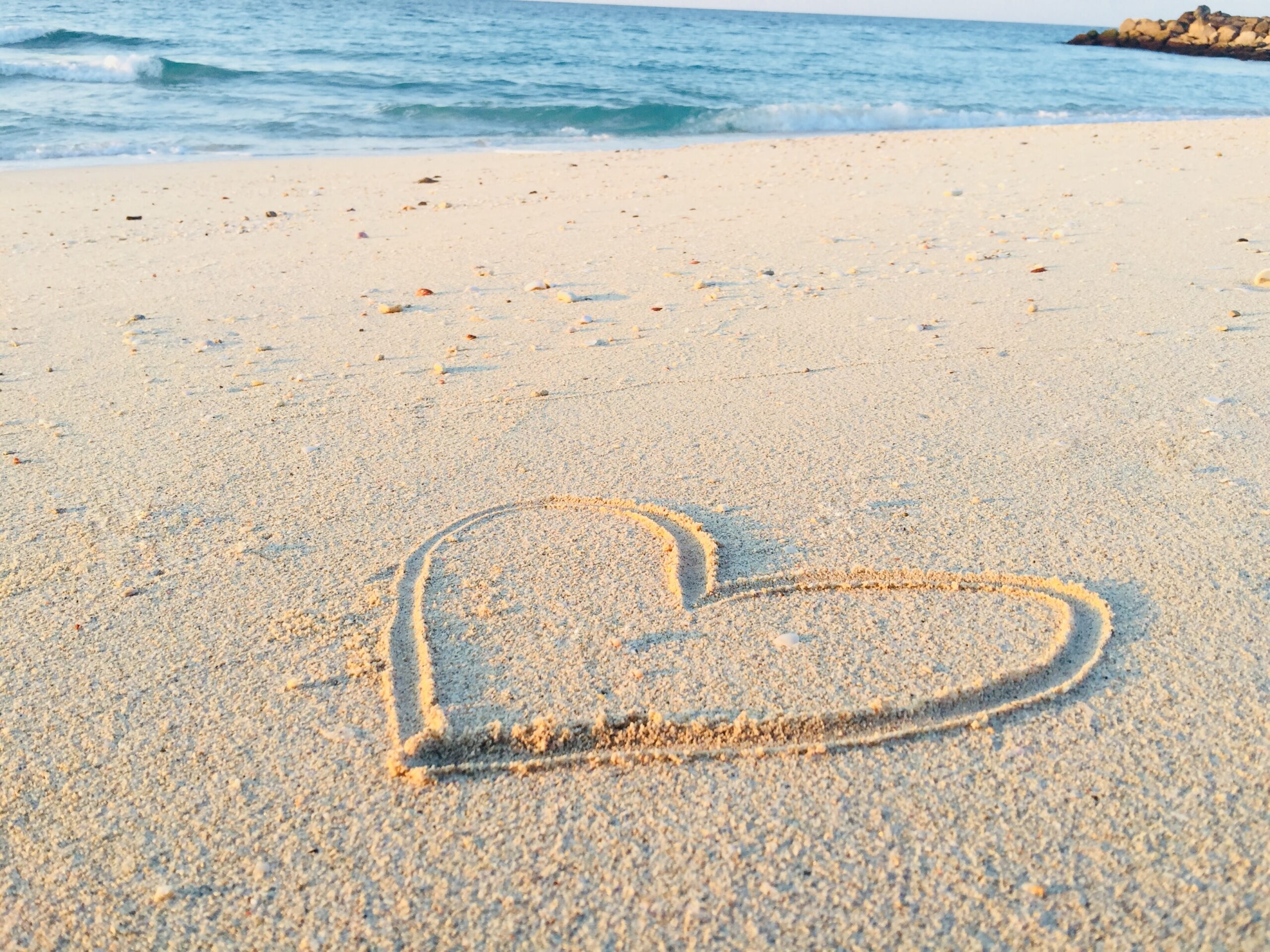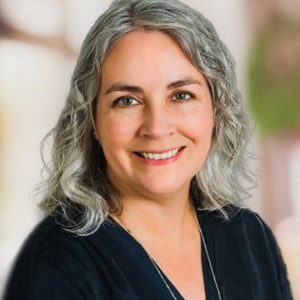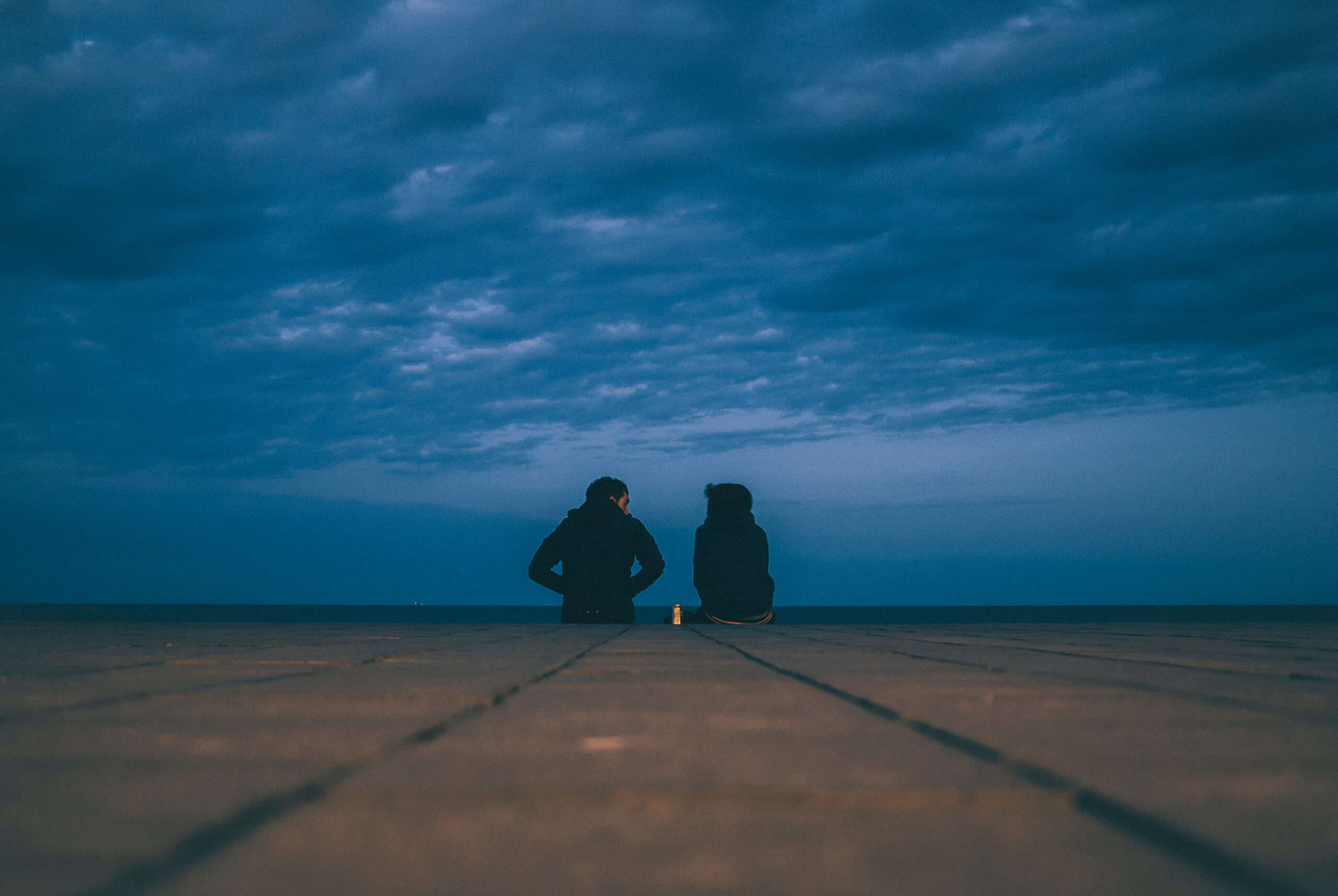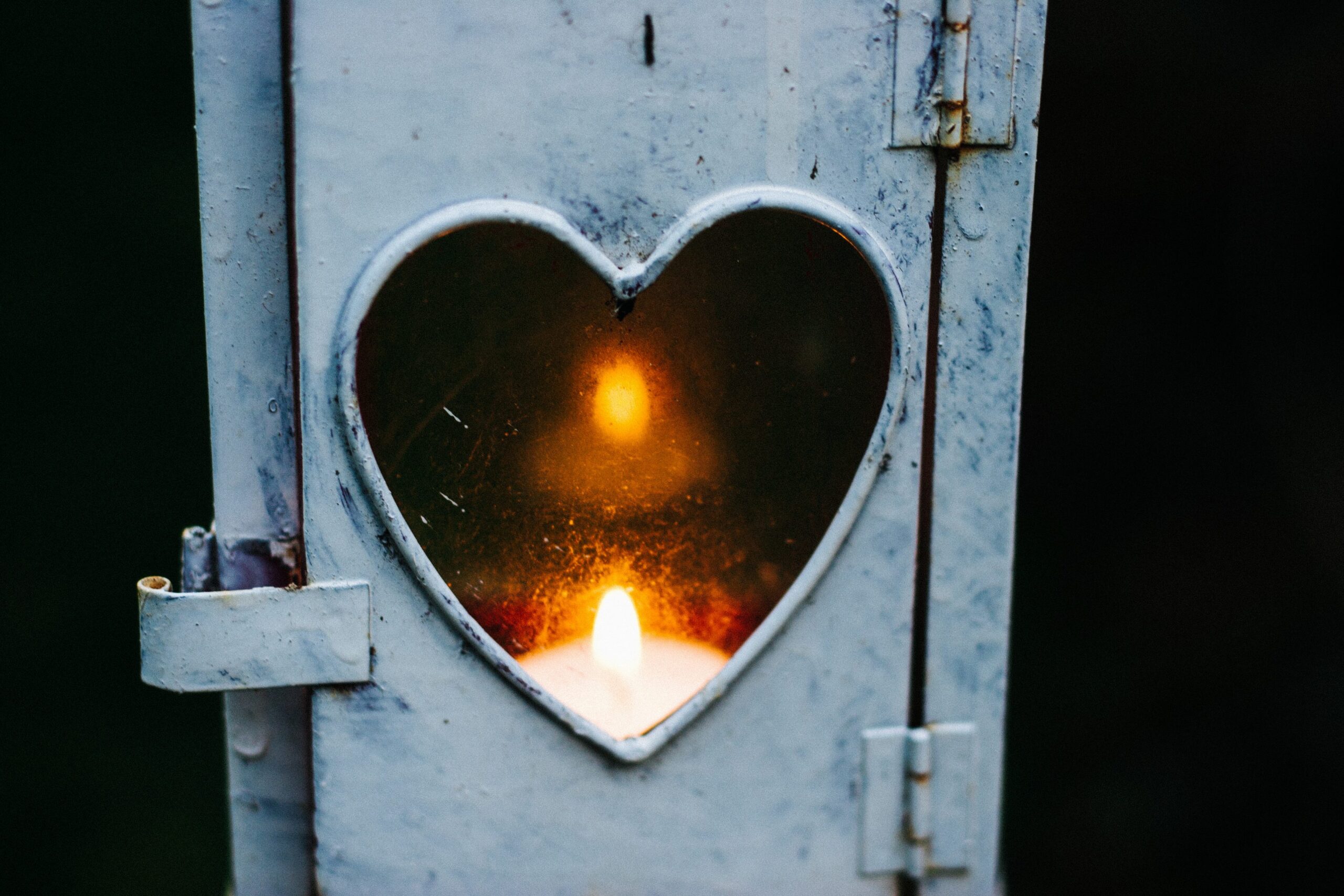These are anxious times. We are feeling a new kind of collective anxiety and within that resides all our individual anxieties. It has often been said that the root of anxiety is fear and that’s easy to see right now. The sense of danger feels existential, cutting right to the heart of life itself. I offer this post to you right now having few answers. But I can offer you some mindfulness strategies and one thing I do know is that this is a time that mindfulness was built for.
In the past week, as I’ve watched my own thoughts, feelings and bodily sensations, I’ve experienced a renewed clarity about the impact anxiety has on our individual and collective nervous system. It’s easy to see the ten thousand directions the mind will take at a time like this when everything around us feels threatening. The times of shallow breathing, the tightness in our chests, throats and bellies, the burning flood of stress hormones being released. I’ve caught myself not breathing at times and I’ve seen my thoughts run off the track like a runaway train.
I think the best tool we have at a time like this is to seek refuge in our bodies. I have walked around the same lake every day this week and it has been a balm for restlessness. Times of movement are needed as are times of stillness. Consider taking time to ground yourself in silence and stillness. The grounding is so important as fear tends to travel upward into the chest, throat, neck and head. The simple action of pressing your feet into the floor or becoming aware of the feeling of your back against a chair can help return you to your center. Place a hand where you feel tension and sense the warmth and light pressure. You’ll find some other ideas in the resource I’ve linked to below, a pamphlet recently created specifically for the COVID-19 crisis by the ever-practical Dr. Russ Harris.
There is a tentative energy around everything right now. We have to grapple with uncertainty and with the unknown. Information changes daily, even hourly. Because of all the anxiety this instability can generate, it’s important to pay attention to not layering additional suffering on top of what we are already experiencing. This is sometimes referred to as the “second arrow.” The first arrow is the original pain that we have no control over, in this case the emergence of a novel coronavirus. The second arrow refers to the ways that we inadvertently cause ourselves to suffer more by how we react to the original pain.
Watch your level reactivity carefully. Is what you’re doing right now helpful and useful to your coping or is it making you feel worse? I find it’s best to think of small, simple ways to make things better when the situation feels so overwhelming. Focus your attention on nurturing yourself and those in your household with acts of care and kindness. Be gentle with yourself when you are having difficulty with boredom, worry, impatience and whatever other feelings are arising. All the feelings belong and are normal and natural to feel right now, so don’t push them away (this tends to cause second arrow suffering). Create a wide interior space where all feelings can roam freely.
Practice compassion towards yourself and those around you. This might go on for a while. We need to shore up our reserves and dig deep into our inner resources to keep going. Take this time to strengthen your inner resources. All hard times bear some sort of fruit. Tend the soil that is you so that resilience can be nurtured and grow. I’ll be struggling alongside you. Let’s bring the best of ourselves to this challenge.
Here’s the link to Russ Harris’ pamphlet called FACE COVID https://www.baps.org.uk/content/uploads/2020/03/FACE-COVID-by-Russ-Harris-pdf-pdf.pdf




